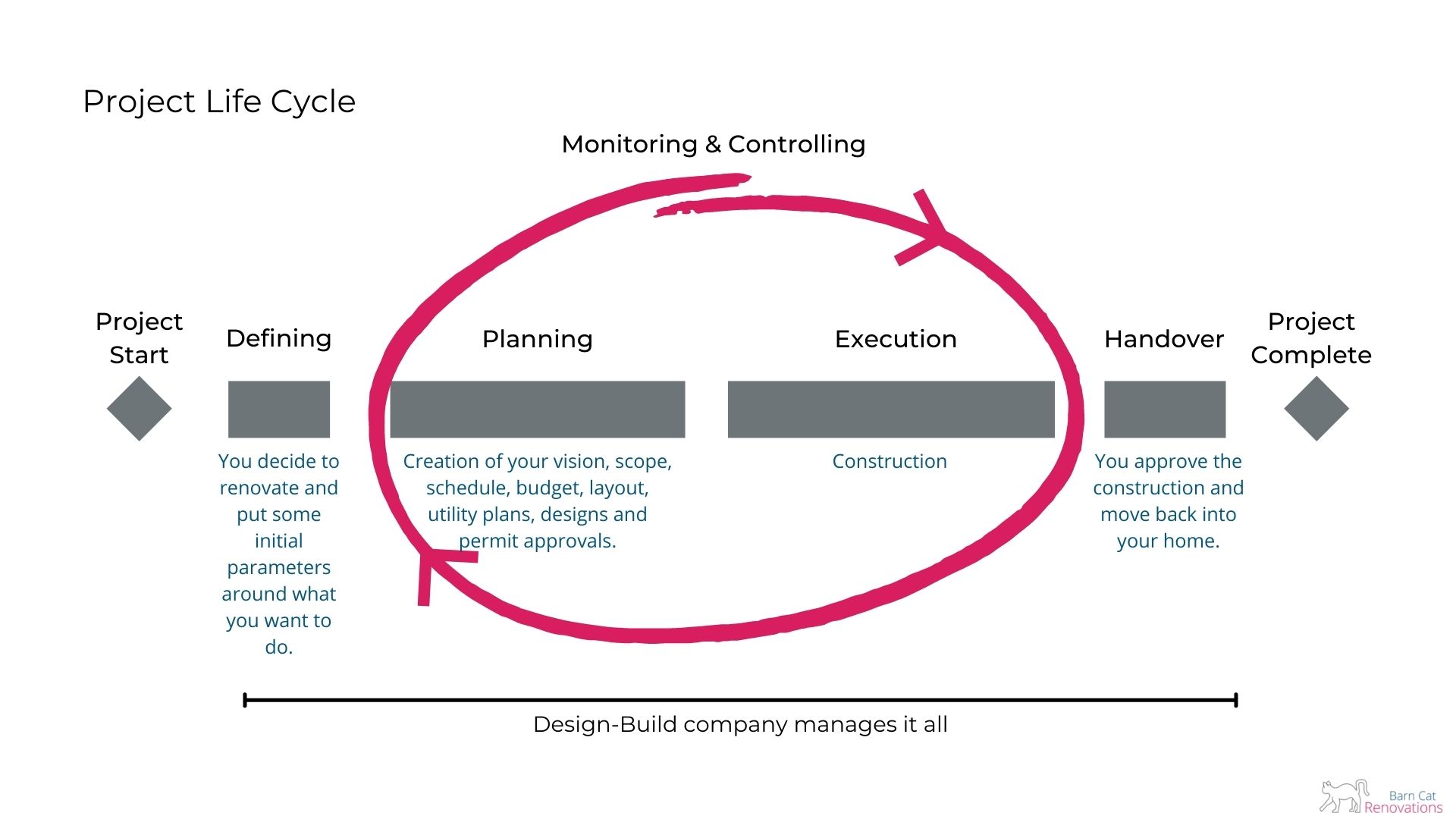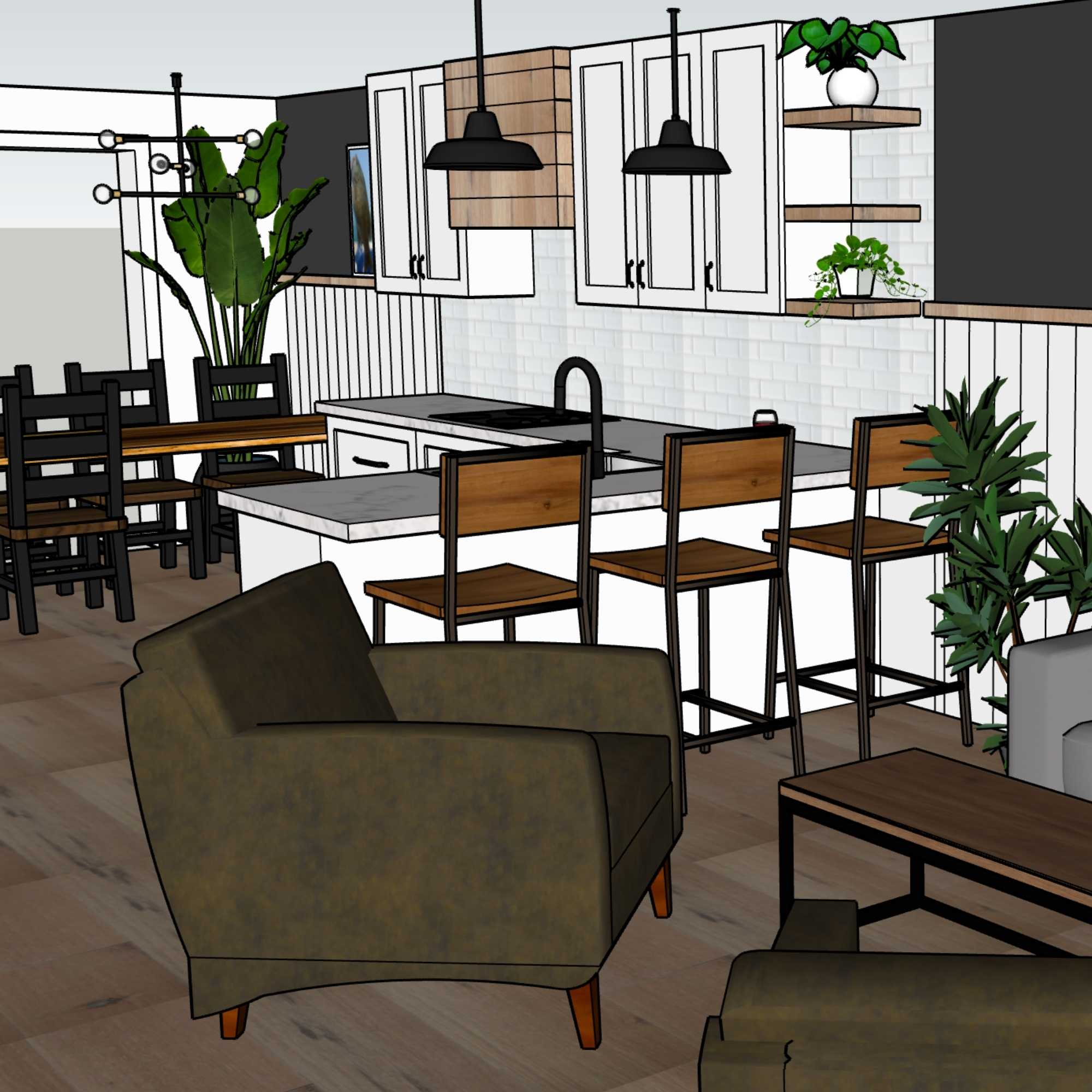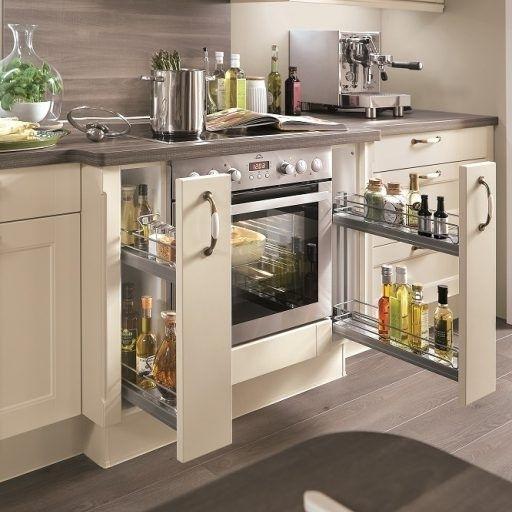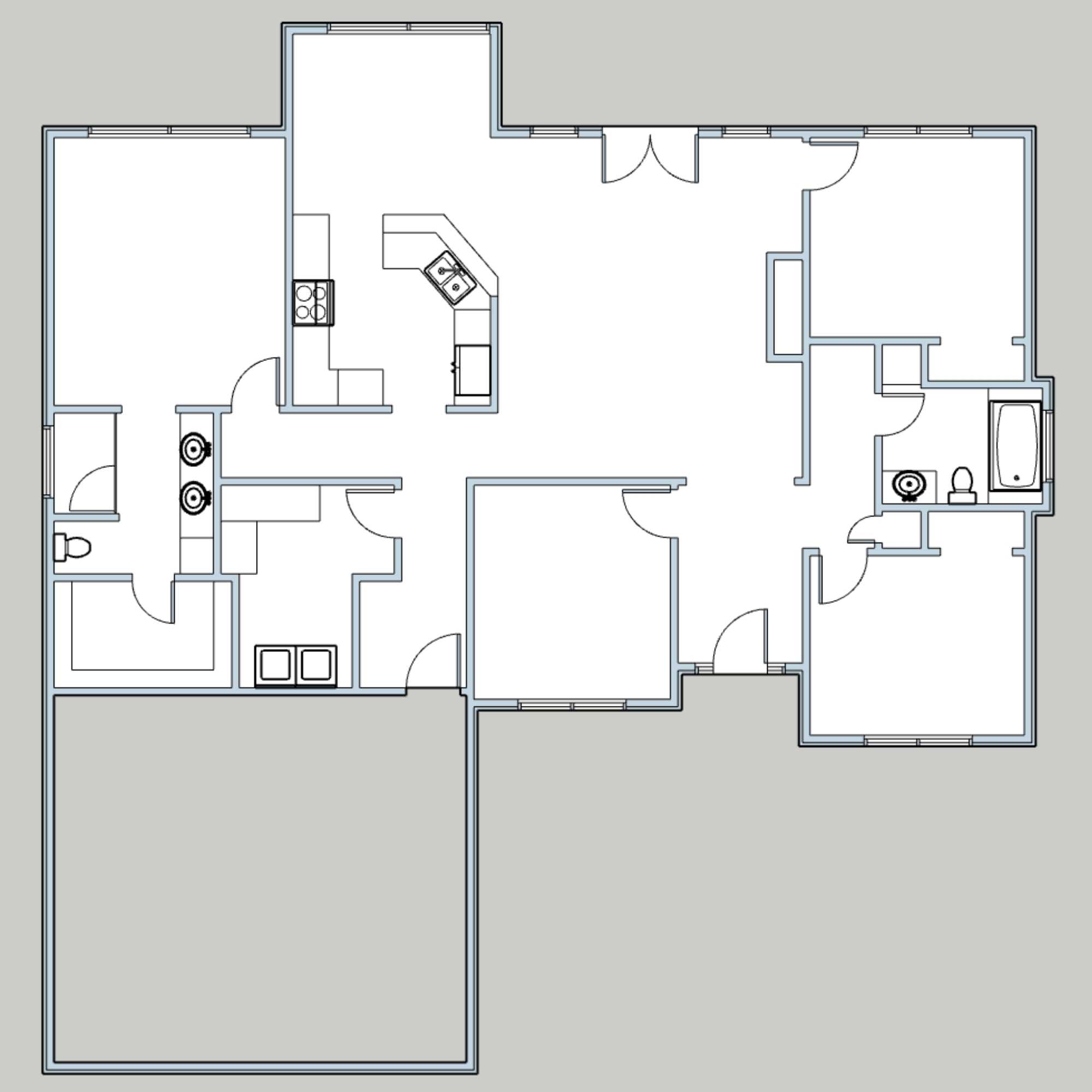Updated September 28, 2023
What type of home renovation can you get for $100,000 in Toronto today?
When my husband and I first decided to renovate our home in 2019 (remember how simple life was back then?), we determined that we would feel comfortable spending 100k in order to get the main floor of our dreams. At the time, we had no idea who to call, what the process was, and how to determine if 100k was a reasonable number for trying to achieve our goals.
Thanks to my career as a Project Manager at many large agencies, I know the value that a full-service company can bring to a big project — they handle everything so that you don't have to. So when the time came to start my reno research, I naturally gravitated toward Design-Build companies as the ideal solution.
—
I'll pause my story here to provide more background about what Design-Build companies are and how they work to complete home renovations.
What is a Design-Build Company?
A design build company is a full-service home renovation provider that takes care of the entire project from start to finish.
If you look at the general lifecycle of any project (not just renos), you will always have the following broad phases: Defining, Planning, Execution, and Handover. In a home renovation context, here's what the phases mean:
Defining: You decide to renovate and put some initial parameters around what you want to do.
Planning: Creation of your reno vision, scope, schedule, budget, layout, utility plans, designs and permit approvals.
Execution: Construction.
Handover: You approve the construction and move back into your home.
Monitoring & Controlling: Not really a phase, as much as an ongoing exercise during the Planning & Execution phases to make sure the project is on track and accurate.

A Design-Build company will assign one point of contact to manage the planning and construction so that you don't have to coordinate several separate companies to work together. The claim is that they will design a solution that actually fits your budget, instead of having your layouts, drawings and designs completed by separate parties who all have no idea about the construction costs of the actual build.
In order to provide all of the services for a home renovation, a Design-Build company will have the following roles on their staff:
- Coordinators and reception
- Salespeople or account managers
- Project managers
- Architects and architectural technologists
- Interior designers
- Structural engineers
- Entire construction teams including framers, plumbers, electricians, HVAC techs, drywallers, painters, flooring installers, tilers, etc.
- Masons, wood burning fireplace techs, etc - as needed
The Home Renovation Process with a Design-Build Company
All Design-Build companies will have their own exact blueprint for holding your hand through the process, but they all have a path that will go something like this:
Step 1: You'll reach out to their sales or account person to say that you want to renovate, and with a few swift questions about your goals, they will make sure that you have enough budget to qualify for their services.
Step 2: You'll have a formal "consultation" (sales pitch) meeting where they'll explain their stellar services, show you their glowing testimonials and sparkling case studies, and make you feel confident in their management abilities. You'll approve a significant planning budget (at least $10,000 - $20,000) and set up the next round of meetings.
Step 3: An employee will come and measure your home, then create 2D drawings of your existing layouts (plans) and elevations.
Step 4: You'll have a few design meetings where they will ask you questions about your home and what you want, then they will go away and create some designs for you.
Step 5: They will present the plans. This step might be broken down into smaller sub-steps, like a mood board, layout, and 3D designs separately, or they might all be presented together alongside a construction budget. You may have a couple rounds of review and revisions here (any more will cost you more money) and most likely an opportunity to see their selections of cabinets, tiles, flooring, etc. You'll trust that they are the best choices for you, so you'll approve the construction budget.
Step 6: They will submit the permit application to your local jurisdiction.
Step 7: You'll be notified of the approval and your construction phase will be scheduled in. They will keep you informed of the job progress all the way through and can always get hold of your project manager to ask questions.
Step 8: You'll approve the final delivery of your project and move back into your home.
The entire process is supposed to be seamless and put you at ease. It should make you feel confident about your renovation, so that you don't have to worry about connecting the dots or not being able to reach your contractor (as so many horror stories go). It's supposed to be the gold standard for home renovation processes, because it takes all the stress away.
Hmmm…let's jump back to my story now, shall we?
—
I started calling Design-Build companies for initial quotes, and all of them gave me ballpark figures of $150,000 - $200,000 for my main floor (720 sq foot) project. Almost double what we had worked so hard to save up. Yikes! Do you think that the Design-Build approach was right for us?
—
Who Are Design-Build Companies Right For?
You're an ideal candidate for a Design-Build company if you:
- don't feel inspired by interior design shows and imagery Not everyone is addicted to HGTV and feels like they could be besties with the Property Brothers, given the opportunity. If renovating your home feels more like a chore than the most-exciting-thing-you'll-do-in-the-next-five-years, then leaving the burden to the professionals is probably a good choice.
- don't feel confident in your abilities to research vendors and pick finishes that work well together Design-Build companies have skilled designers on staff to recommend a layout and finishes that will transform your home into something beautiful—even without getting much input from you about what your problems are, how your home could work better, and what would make you proud to make memories with family and friends.
- are happy to relinquish control of your renovation Design-Build companies take care of everything so that you don't have to be too involved in decisions that affect your home and how you'll actually live in it. Don't stress about where they will move your air ducts when that load-bearing wall gets removed—they will pick a good place for you.
- hate administering (awkward) competition Design-Build companies don't have to bid or compete for the construction part of the project, because the entire point of choosing one is to have them complete the planning AND execution phases. So you don't have to worry about asking multiple contractors quote your job and trying to sort through references and confusing estimates.
- have a large budget Design-Build companies provide wonderful services that take a lot of the stress out of a home renovation—but those services are not free. Over and above the $10,000 - $20,000 for just the planning and design phase, be prepared to pay another $20,000 - $60,000 (or more depending on the size of your project) for ongoing management and hand-holding throughout the project life cycle. It's not uncommon to see 40% of your entire budget go directly towards managing you and the project.
Story time again.
—
After I picked my jaw off the floor over the prices, I realized that we'd have to figure out another solution because a hand-holding Design-Build company was just not going to be an option for us. Not only did we not have the kind of money they would need to make it worth their while, but also I just didn't like they way they spoke to me—as if I knew nothing about renovations, design, architecture, and what I wanted.
In all fairness, part of that was true (though I still didn't like it). I had studied design and architecture and was hugely passionate about all-things-real-estate, but I didn't have a clue about the home renovation process. I had no idea how to take all the ideas swimming around in my head and turn them into anything tangible. I didn't know who to call, what steps to take, and where to get help. I didn't even know which questions to ask in order to find out what I didn't know.
(One thing I did know was that going directly to a contractor also wasn't an option. You can't go to someone who does execution and ask them to help you plan. That's not their job, passion, or skill set, so you will just end up incredibly frustrated. But that's another article.)
Those early phone calls with Design-Build companies made me realize just how much I didn't like that I didn't know anything about how to get my renovation done, and that a Design-Build company wasn't the right solution for us. I knew then that I needed to learn everything there was to know about renovations and plan it all by myself so that I could reliably get exactly what I needed. I didn't have the money or the comfort level to allow someone else to do the planning that I knew I could do on my own.
—
So...Is a Design-Build Company Right for YOUR Renovation?
If those five personality traits describe you, then a Design-Build approach is probably the way to go. But if you read those factors and thought "NOPE! That ain't me!" —then you need another solution.
If you are passionate about home renovations and design, and you're not afraid of putting in some time and effort to save yourself thousands of dollars, then you need to understand that you CAN plan your renovation yourself, just like I did in 2019. Except that you don't have to reinvent the wheel. You can follow my process instead.
I'm not suggesting that you need to DIY the construction of course—you can definitely still get a contractor to do the execution. But you can take on the role of chief project manager to coordinate the right people to get the results you want for a budget you can actually afford. The "Barn Cat Blueprint" is my proven framework inside Renovation Planning Academy that identifies the exact process to take you from learning how to measure your home to discussing post loads with a structural engineer—all with confidence and panache. 😎
Read more about what goes into a Renovation Plan here.










 How to Beat Overwhelm with Your Home Renovation
How to Beat Overwhelm with Your Home Renovation The Important Documentation You Need to Guarantee a Successful Renovation
The Important Documentation You Need to Guarantee a Successful Renovation